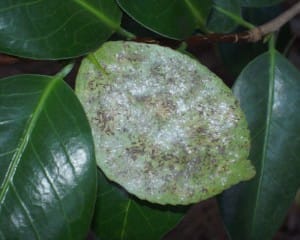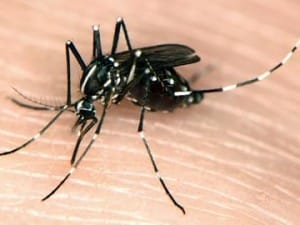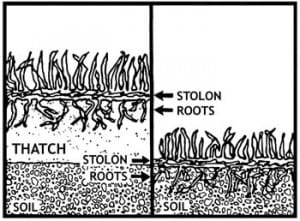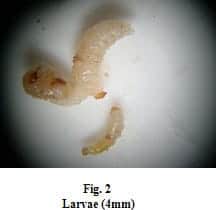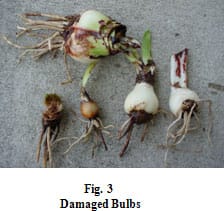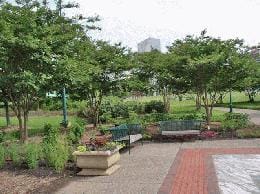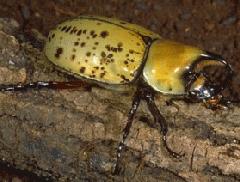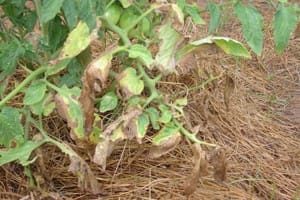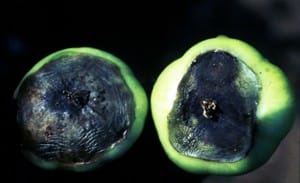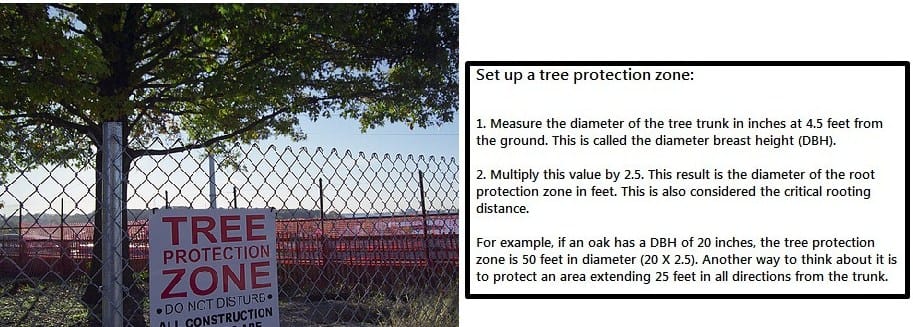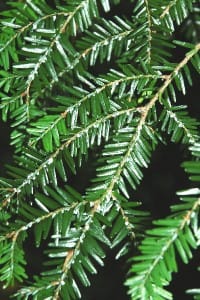Source(s): Willie O Chance
Taming the Dreaded Tomato Wilt
One word strikes fear in the hearts of tomato gardeners. That word is ‘wilt’. Imagine a long season of hard work ending in a yellow, dried up plant with no fruit. How disappointing! To comfort frightened tomato lovers, let me describe the tomato wilts. Though they are not curable, they can sometimes be prevented.
If a tomato appears wilted or stunted in the top of the plant, it may have Tomato spotted wilt virus (TSWV). This is a common tomato disease. It is spread by thrips. Usually the top of the plant looks stunted or wilted but the leaves are not limp as though they had no water. The young leaves may yellow and have red, brown or black discolorations in them. These discolorations may form a ring or circle. The veins on the underside of leaves may thicken and turn purple. Green fruit can have raised or flat rings, semi-circles or circles on them which yellow as the fruit ripens.
Once tomatoes get the disease, there is no control. Some varieties of tomato are resistant to TSWV, although they may not be completely immune. Resistant varieties include Amelia, Stiletto, Bella Rosa, Top Gun, Crista and Muriel (a Roma-type variety). Some resistant varieties may not be as flavorful as some other home garden varieties. Leaving them on the vine until they are fully ripe should help address this issue.
TSWV resistant peppers include Excursion II and Heritage. You can look for these and other TSWV resistant tomatoes and peppers in garden centers. Some seed sources include Harris Seeds (www.harrisseeds.com), Twilley Seed (www.twilleyseed.com), Clifton Seed Company (www.cliftonseed.com/), and Rupp Seeds (www.ruppseeds.com).
Later planted tomatoes may have fewer problems with TSWV. Since this disease over-winters in weeds – destroy weeds to reduce the disease. Weeds of particular concern include dandelion, annual sow thistle, chickweed, buttercup and plantain. For more information see http://craven.ces.ncsu.edu/index.php?page=news&ci=LAWN+14.
Spraying for the thrips that spread TSWV is not effective. Bag and destroy infected plants as quickly as possible early in the season to prevent spread. Late in the season you may want to just let the infected plants finish ripening the fruit they have.
If a tomato is wilting, as though it is running out of water, you may have one of several problems. At least three diseases can cause this – Fusarium wilt, Bacterial wilt or Southern blight.
A fungus causes Fusarium wilt. It blocks the water conducting tissues in the plant. The leaves yellow and wilt, often starting at the bottom of the plant. This disease can affect just one side or one to several branches of the plant. The plant can die early producing no fruit. If you cut into the plant, the vascular system (just under the surface of the stem) will be brown.
Prevent Fusarium wilt by planting resistant varieties. The ‘F’ after the variety name (like Celebrity VFN) identifies these varieties. Fusarium wilt can survive in the soil. Do not plant tomatoes in infected areas more than once every four years. Rotate tomatoes to a new location each year. Do not plant them in the same area that you planted potatoes, eggplant or pepper last season.
Bacterial wilt causes a rapid wilting and death of the plant. The plant dies so quickly it may not have time to turn yellow. To identify Bacterial wilt, cut through the stem. Bacteria wilt browns the pith or middle of the stem. On bad infections, the pith may be hollow. Cut a short section of the stem and suspend it in a clear glass of water. You can often see a milky, bacterial ooze streaming out of the bottom of the cut stem.
There are no controls or resistant varieties for bacterial wilt. It also attacks peppers, potatoes and eggplant. Carefully dig out infected plants and soil and discard. Do not plant any of these vegetables in this area for at least four years.
Southern blight is a white mold that rots the stem at or near the soil line. The plant is stunted, wilts or dies. Look for the cottony fungus growth and the light brown BB sized fruiting structures of the fungus. The fungus may be at or slightly above or below the soil line. You may not see the white fungus growth if the weather is dry, even though the plant may still be infected.
To manage the disease, bury all plant residues before planting, plant vegetables farther apart, and treat with Terraclor at planting if you have a problem with Southern blight. Do not allow mulch to touch the base of the plant. Keep mulch at least 2 inches away from the stem of the plant. Some people wrap the stem near the soil line with foil to slow this disease. The foil should extend 2 inches above and 2 inches below the soil line.
Tomato wilts can be devastating, but you can learn to live with it. Knowing your enemy helps to remove the fear from dealing with this disease.
For more information:
Call your local Extension Agent at (800) ASK-UGA1 or locate your local Extension Office at http://www.caes.uga.edu/extension/statewide.cfm
Pest Management Handbook (Follow all label recommendations when using any pesticide) – www.ent.uga.edu/pmh/
Resource(s):
